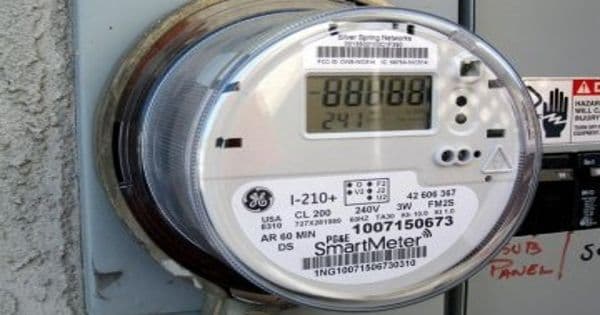A zero-emissions vehicle (ZEV) is a vehicle that produces no emissions from its power source. ZEVs can include electric vehicles (EVs), which are powered by batteries, and fuel cell vehicles (FCVs), which are powered by hydrogen fuel cells. Both types of vehicles produce no tailpipe emissions and have the potential to significantly reduce air pollution and greenhouse gas emissions from the transportation sector. This typically refers to vehicles that are powered by electricity, hydrogen fuel cells, or other clean energy sources. Electric vehicles (EVs) and fuel cell vehicles (FCVs) are examples of ZEVs. These types of vehicles can help reduce air pollution and dependence on fossil fuels.
It is a vehicle that produces no emissions from its power source. Electric vehicles (EVs) are a common example of zero-emissions vehicles, as they produce no emissions from their electric powertrains. Other examples include hydrogen fuel cell vehicles, which produce water vapor as their only emission, and vehicles powered by renewable energy sources, such as solar or wind power. These types of vehicles are becoming increasingly popular as a way to reduce air pollution and curb the effects of climate change.
These vehicles are typically powered by electricity, either from batteries or fuel cells, and produce no tailpipe emissions. Examples of ZEVs include electric cars, hydrogen fuel cell vehicles, and certain types of hybrid electric vehicles. The goal of ZEVs is to reduce or eliminate the environmental impact of transportation by reducing or eliminating the emissions that contribute to air pollution and climate change.

Particulates (soot), hydrocarbons, carbon monoxide, ozone, lead, and various oxides of nitrogen are all harmful pollutants to human health and the environment. Although not considered emission pollutants by the original California Air Resources Board (CARB) or United States Environmental Protection Agency (EPA) definitions, the most recent common use of the term includes volatile organic compounds, several air toxics (most notably 1,3-Butadiene), and global pollutants such as carbon dioxide and other greenhouse gases. Examples of zero-emission vehicles with various power sources include muscle-powered vehicles such as bicycles, electric bicycles, and gravity racers.
Aside from animal-powered and human-powered vehicles, battery electric vehicles (which include cars, aircraft, and boats) do not emit any of the above pollutants or CO2 gases while in use. This is an especially important characteristic in densely populated areas, where residents’ health can suffer greatly. However, the production of the fuels that power ZEVs, such as hydrogen from fossil fuels, may produce more emissions per mile than a conventional fossil-fueled vehicle. A well-to-wheel life cycle assessment is required to understand the emissions implications of operating a ZEV.
















